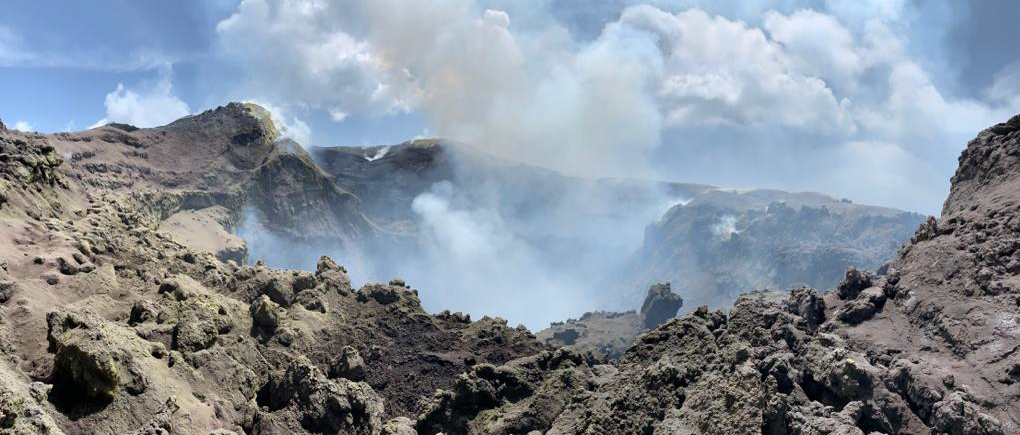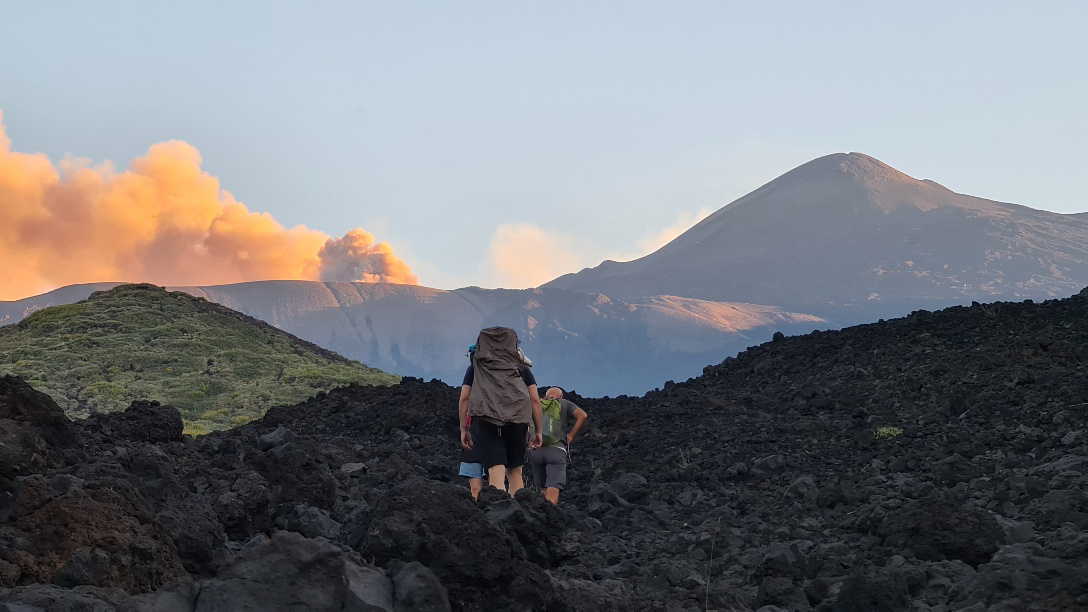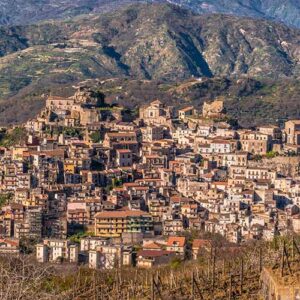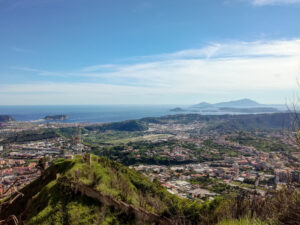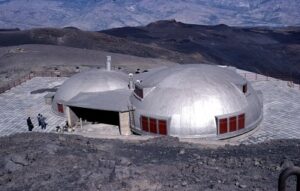Nestled in the picturesque Alcantara Valley, a stone’s throw from the iconic Mount Etna, lies the charming town of Francavilla di Sicilia. This historic gem, with its roots dating back to the Norman era, is a veritable open-air museum, where the echoes of a rich medieval past resonate through its winding streets, ancient churches, and imposing fortifications. Join us on a journey through time as we unravel the medieval wonders that have made Francavilla di Sicilia a must-visit destination for history buffs and architecture enthusiasts alike.
The Feudal Castle: A Towering Remnant of Norman Might
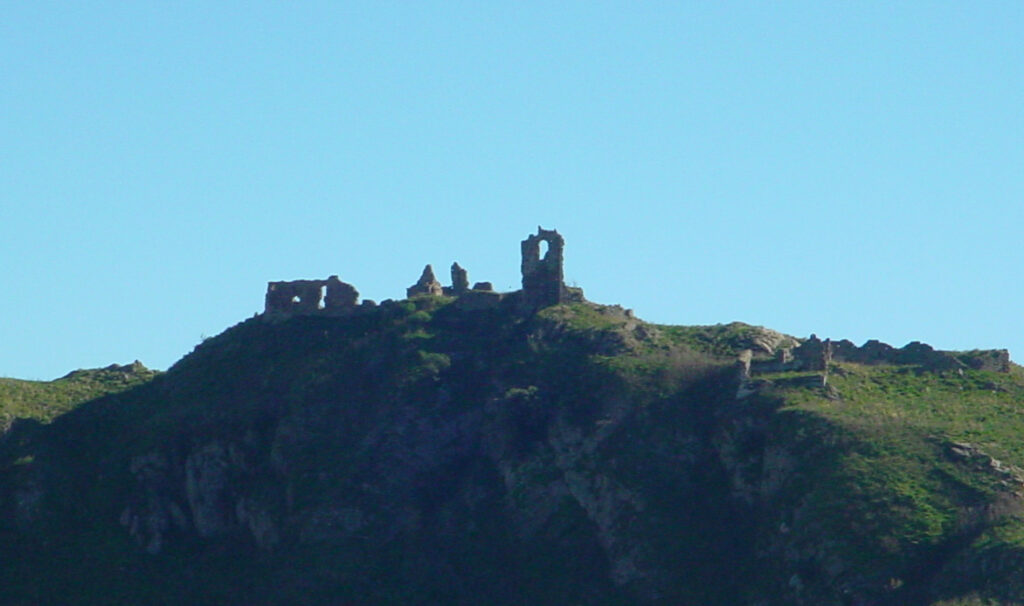
Perched atop a hill overlooking the town, the ruins of the Feudal Castle stand as a testament to Francavilla’s strategic importance during the Middle Ages. Dating back to 1275, this imposing fortress was constructed under the watchful eye of the Normans, who recognized the area’s defensive potential against potential invaders.As you approach the castle’s crumbling walls, you can’t help but imagine the scenes that once unfolded within its confines – the clanging of swords, the bustle of daily life, and the ever-present threat of siege. Despite the ravages of time, the castle’s remnants still exude an aura of strength and resilience, inviting visitors to explore its nooks and crannies and unravel the secrets of its storied past.
The Church of Santa Maria Assunta: A Gothic Masterpiece
In the heart of Francavilla’s historic center, the Church of Santa Maria Assunta stands as a shining example of Gothic architecture. Built in the 16th century, this sacred edifice boasts a stunning main entrance carved from sandstone, adorned with intricate details and a magnificent rose window.Step inside, and you’ll be greeted by a serene interior bathed in natural light, where the soaring arched ceilings and ornate decorations transport you back to a time when faith and artistry were inextricably intertwined. The church’s enduring beauty is a testament to the skill and dedication of the medieval craftsmen who brought it to life.
The Convent of the Capuchin Friars: A Monastic Marvel

No exploration of Francavilla’s medieval heritage would be complete without a visit to the Convent of the Capuchin Friars. Established in 1570, this imposing complex was commissioned by Viscount Don Antonio Balsamo and has since served as a spiritual sanctuary for generations of Franciscan monks.As you wander through the convent’s cloistered courtyards and corridors, you’ll be struck by the sense of tranquility and reverence that permeates the air. The convent’s church, with its single nave and impressive decorations, houses a wealth of artistic treasures, including works from various eras that bear witness to the enduring legacy of religious art in the region.
The Antiquarium: Unearthing Francavilla’s Ancient Roots
While Francavilla’s medieval heritage is undoubtedly its crowning glory, the town’s history stretches back even further, as evidenced by the remarkable finds housed in the Antiquarium. This archaeological museum, located within the historic Cagnone Palace, showcases a rich collection of artifacts dating back to the 5th century BC.As you explore the exhibits, you’ll be transported to a time when the ancient Greeks of Naxos had established a presence in the Alcantara Valley, leaving behind a wealth of pottery, tools, and other remnants that offer a tantalizing glimpse into their daily lives. The Antiquarium serves as a poignant reminder that Francavilla’s story is one of layers upon layers of history, each contributing to the town’s unique character and allure.Whether you’re a history enthusiast, an architecture aficionado, or simply someone who appreciates the beauty of well-preserved heritage sites, Francavilla di Sicilia is sure to captivate you with its medieval marvels. From the imposing Feudal Castle to the exquisite Church of Santa Maria Assunta, from the serene Convent of the Capuchin Friars to the enlightening Antiquarium, this charming town offers a wealth of experiences that will transport you back in time and leave you with a deeper appreciation for the rich tapestry of Sicilian history and culture.

